Residence United States Nationality United States | Fields Physics Name Leon Lederman | |
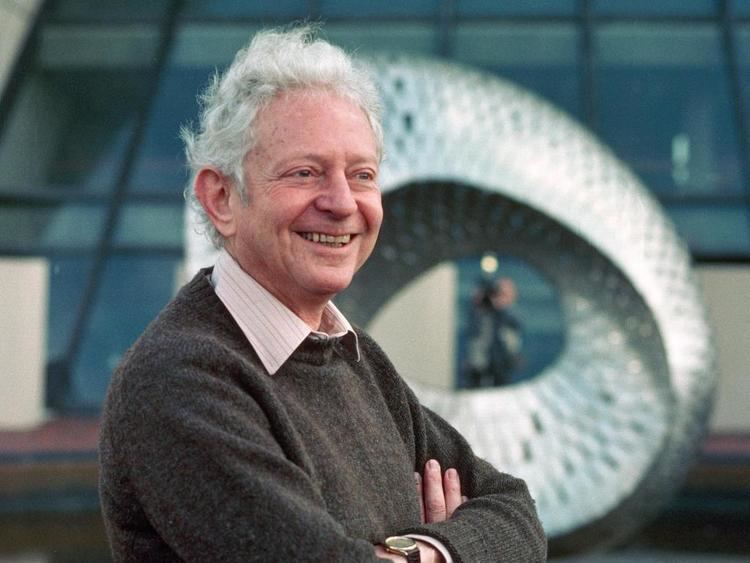 | ||
Born Leon Max Lederman July 15, 1922 (age 103) New York City, New York, U.S. ( 1922-07-15 ) Institutions Columbia UniversityFermi National Accelerator LaboratoryIllinois Institute of Technology Alma mater City College of New YorkColumbia University Known for Seminal contributions to Neutrinos, bottom quark | ||
Leon M. Lederman - Conversations with History
Leon Max Lederman (born July 15, 1922) is an American experimental physicist who received the Wolf Prize in Physics in 1982, along with Martin Lewis Perl, for their research on quarks and leptons, and the Nobel Prize for Physics in 1988, along with Melvin Schwartz and Jack Steinberger, for their research on neutrinos. He is Director Emeritus of Fermi National Accelerator Laboratory (Fermilab) in Batavia, Illinois, USA. He founded the Illinois Mathematics and Science Academy, in Aurora, Illinois in 1986, and has been Resident Scholar Emeritus since 2012. In 2012, he was awarded the Vannevar Bush Award for his extraordinary contributions to understanding the basic forces and particles of nature.
Contents
- Leon M Lederman Conversations with History
- Leon M Lederman
- Early life and career
- Personal life
- Publications
- Service
- Honors and awards
- Honorary degrees
- References

Leon M. Lederman
Early life and career
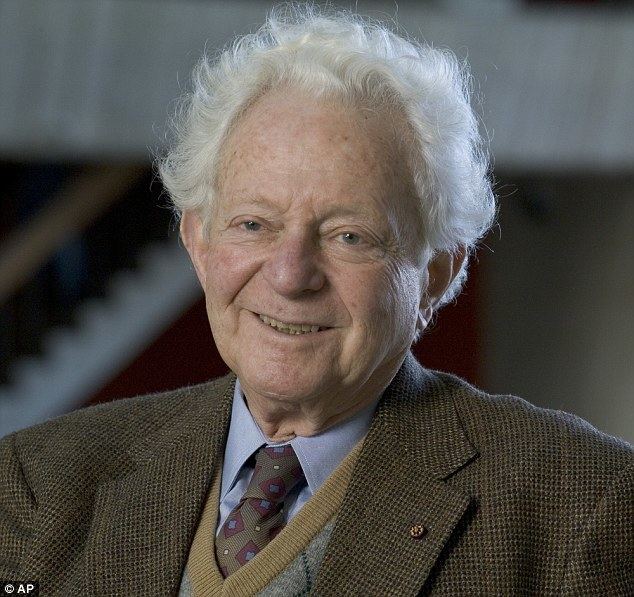
Lederman was born in New York City, New York, the son of Minna (née Rosenberg) and Morris Lederman, a laundryman. Lederman graduated from the James Monroe High School in the South Bronx. He received his bachelor's degree from the City College of New York in 1943, and received a Ph.D. from Columbia University in 1951. He then joined the Columbia faculty and eventually became Eugene Higgins Professor of Physics. In 1960, on leave from Columbia, he spent some time at CERN in Geneva as a Ford Foundation Fellow. He took an extended leave of absence from Columbia in 1979 to become director of Fermilab. Resigning from Columbia (and retiring from Fermilab) in 1989 to teach briefly at the University of Chicago, he then moved to the physics department of the Illinois Institute of Technology, where he served as the Pritzker Professor of Science. In 1991, Lederman became President of the American Association for the Advancement of Science.
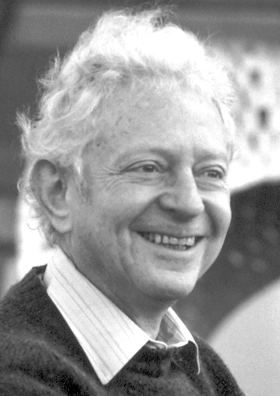
Lederman is also one of the main proponents of the "Physics First" movement. Also known as "Right-side Up Science" and "Biology Last," this movement seeks to rearrange the current high school science curriculum so that physics precedes chemistry and biology.
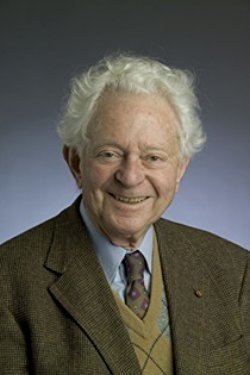
A former president of the American Physical Society, Lederman also received the National Medal of Science, the Wolf Prize and the Ernest O. Lawrence Medal. Lederman served as President of the Board of Sponsors of The Bulletin of the Atomic Scientists. He also served on the board of trustees for Science Service, now known as Society for Science & the Public, from 1989 to 1992, and was a member of the JASON defense advisory group.
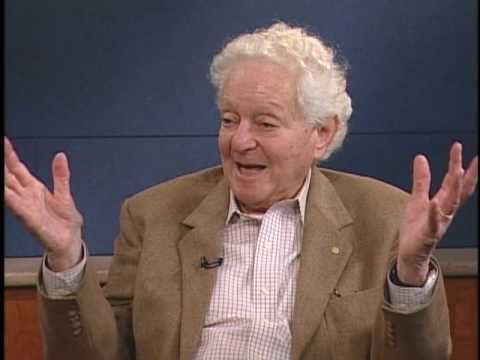
Among his achievements are the discovery of the muon neutrino in 1962 and the bottom quark in 1977. These helped establish his reputation as among the top particle physicists.
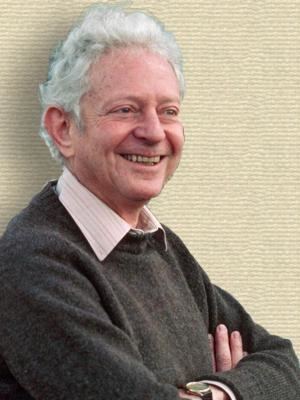
In 1977, a group of physicists, the E288 experiment team, led by Leon Lederman announced that a particle with a mass of about 6.0 GeV was being produced by the Fermilab particle accelerator. The particle's initial name was the greek letter Upsilon (
As the director of Fermilab and subsequent Nobel physics prizewinner, Leon Lederman was a very prominent early supporter – some sources say the architect or proposer – of the Superconducting Super Collider project, which was endorsed around 1983, and was a major proponent and advocate throughout its lifetime. Lederman later wrote his 1993 popular science book The God Particle: If the Universe Is the Answer, What Is the Question? – which sought to promote awareness of the significance of such a project – in the context of the project's last years and the changing political climate of the 1990s. The increasingly moribund project was finally shelved that same year after some $2 billion of expenditures.
In 1988, Lederman received the Nobel Prize for Physics along with Melvin Schwartz and Jack Steinberger "for the neutrino beam method and the demonstration of the doublet structure of the leptons through the discovery of the muon neutrino". Lederman also received the National Medal of Science (1965), the Elliott Cresson Medal for Physics (1976), the Wolf Prize for Physics (1982) and the Enrico Fermi Award (1992).
In 1995, he received the Chicago History Museum "Making History Award" for Distinction in Science Medicine and Technology.
Lederman was an early supporter of Science Debate 2008, an initiative to get the then-candidates for president, Barack Obama and John McCain, to debate the nation's top science policy challenges. In October 2010, Lederman participated in the USA Science and Engineering Festival's Lunch with a Laureate program where middle and high school students engaged in an informal conversation with a Nobel Prize-winning scientist over a brown-bag lunch. Lederman was also a member of the USA Science and Engineering Festival's Advisory Board and CRDF Global.
Personal life
Lederman was born in New York to a family of Jewish immigrants from Russia. His father operated a hand laundry while encouraging Leon to pursue his education. He went to elementary school in New York City, continuing on to college and his doctorate in the city.
In his book,The God Particle: If the Universe Is the Answer, What Is the Question?, Lederman wrote that, although he was a chemistry major, he became fascinated with physics, because of the clarity of the logic and the unambiguous results from experimentation. His best friend during his college years, Martin Klein, convinced him of "the splendors of physics during a long evening over many beers". After that conversation he became resolute and unwavering regarding his desire to pursue physics. When he joined the Army with a B.S. in Chemistry, he was determined to become a physicist following his service.
After three years in the U.S. Army during World War II, he took up physics at Columbia University, and received his Masters in 1948. Lederman began his Ph.D research working with Columbia's Nevis synchro-cyclotron, which was the most powerful particle accelerator in the world at that time. Dwight D. Eisenhower, then the president of Columbia University, and future president of the United States, cut the ribbon dedicating the synchro-cyclotron in June 1950. These atom smashers were just coming of age at this time and created the new discipline of particle physics.
After receiving his Ph.D and then becoming a faculty member at Columbia University he was promoted to full professor in 1958.
In The God Particle he wrote, "The history of atomism is one of reductionism – the effort to reduce all the operations of nature to a small number of laws governing a small number of primordial objects." And this was the quest he undertook. This book shows that he pursued the quark, and hoped to find the Higgs boson. The top quark, which he and other physicists realized must exist according to the standard model, was, in fact, produced at Fermilab not long after this book was published.
He is known for his sense of humor in the physics community. On August 26, 2008 Lederman was video-recorded by a science focused organization called ScienCentral, on the street in a major U.S. city, answering questions from passersby. He answered questions such as "What is the strong force?" and "What happened before the Big Bang?".
He has three children with his first wife, Florence Gordon, and now lives with his second wife, Ellen (Carr), in Driggs, Idaho. In May 2015 his Nobel Prize gold medal was sold for US$765,000. According to his wife Ellen, they faced the uncertainty of medical bills related to his dementia diagnosis. She noted, "It's really hard. I wish it could be different. But he's happy. He likes where he lives with cats and dogs and horses. He doesn't have any problems with anxiety, and that makes me glad that he's so content."
He is an atheist.
